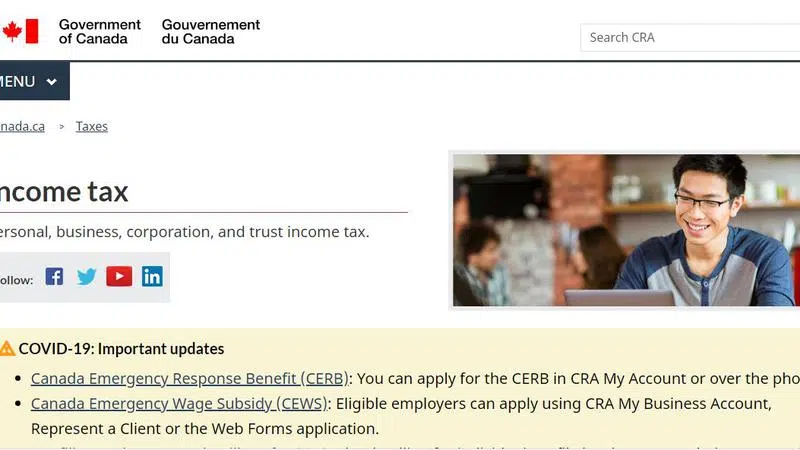
Going back to work may mean paying back CERB benefits for some employees
Monday, May 4 will mark the first phase of the re-opening of a select few types of businesses and services in Saskatchewan, after nearly two months.
That also means, that some employees who were previously laid off, and recieving the CERB (Canadian Emergency Response Benefit) may be going back to work as well in the coming weeks.
Employers who have lost 15 per cent of their business in the first month, and 30 per cent or more of their business after that, can apply for a wage subsidy for employees up to a maximum of 75 per cent of the employees salary up to $58,700 or $847 per week.
The subsidy is expected to last about three months retroactive from March 15 to June 6.



